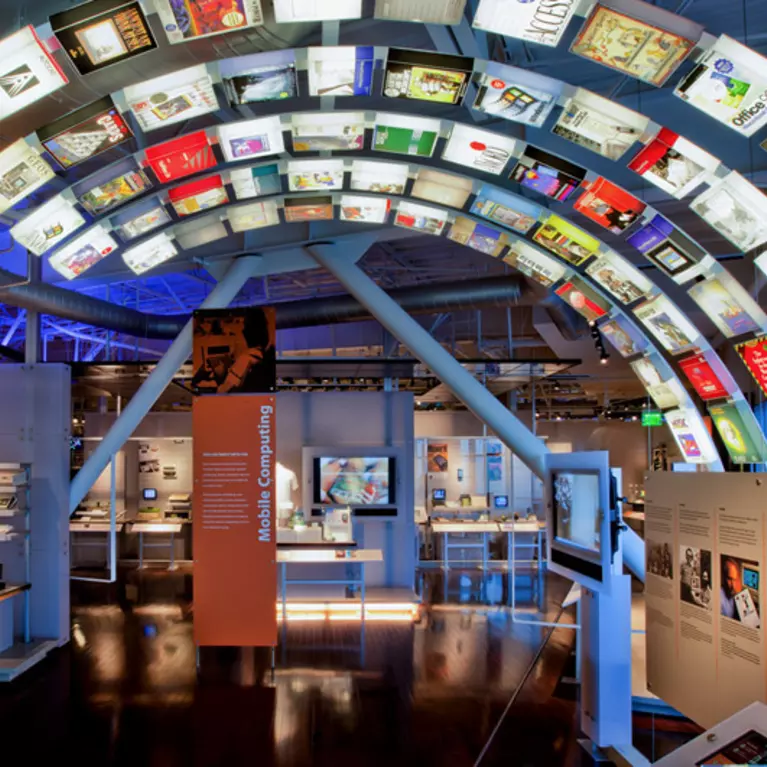Introduction to Computer History Museum
The world we live in today is undeniably shaped by the evolution of technology, and at the forefront of this evolution lies the fascinating history of computers techme.club/. The Computer History Museum stands as a testament to this remarkable journey, offering visitors a glimpse into the transformative power of computing.
The Beginnings of Computing
Early Mechanical Calculating Devices
The roots of computing can be traced back to ancient times when humans devised ingenious mechanical devices to aid in calculations. From the abacus to the slide rule, these early inventions laid the foundation for the digital revolution that was to come.
The Advent of Electronic Computers
The true breakthrough in computing came with the invention of electronic computers in the mid-20th century. Pioneering efforts by visionaries like Alan Turing and John von Neumann ushered in an era of unprecedented innovation, paving the way for the modern digital age.
Evolution of Computers
First Generation Computers
The first generation of computers, characterized by vacuum tubes and bulky hardware, marked the dawn of electronic computing. Machines like the ENIAC set the stage for further advancements, albeit with limited processing power and reliability.
Second Generation Computers
The advent of transistors in the 1950s heralded a new era of computing, leading to the development of smaller, faster, and more reliable second-generation computers. These machines laid the groundwork for the widespread adoption of computing technology in various industries.
Third Generation Computers
With the introduction of integrated circuits in the 1960s, computers became even more powerful and versatile. The emergence of mainframe computers and minicomputers revolutionized data processing and paved the way for the digital revolution.
Fourth Generation Computers
The advent of microprocessors in the 1970s marked the beginning of the fourth generation of computers, characterized by unprecedented levels of speed, efficiency, and miniaturization. Personal computers and laptops became household staples, transforming the way we work, communicate, and interact with the world.
Major Milestones in Computer History
ENIAC: The First Electronic General-Purpose Computer
Built during World War II, the ENIAC (Electronic Numerical Integrator and Computer) is widely regarded as the world’s first electronic general-purpose computer. Its groundbreaking design laid the foundation for future developments in computing technology.
The Invention of Transistors
The invention of transistors in the 1950s revolutionized the field of electronics, enabling the development of smaller, faster, and more reliable computers. Transistors replaced bulky vacuum tubes, leading to significant advancements in computing power and efficiency.
The Rise of Personal Computers
The 1970s witnessed the rise of personal computers, thanks to groundbreaking innovations by companies like Apple and IBM. These affordable and user-friendly machines brought computing power into the hands of ordinary people, democratizing access to technology.
The Internet Revolution
The invention of the internet in the late 20th century marked a paradigm shift in computing, connecting people and information on a global scale. The World Wide Web, email, and social media transformed the way we communicate, collaborate, and access information, shaping the digital landscape of the 21st century.
The Significance of Computer History Museum
Preserving Technological Heritage
The Computer History Museum plays a crucial role in preserving the rich heritage of computing technology for future generations. Its extensive collection of artifacts, documents, and exhibits offers invaluable insights into the evolution of computers and their impact on society.
Education and Research
The museum serves as a hub for education and research, providing resources and programs for students, scholars, and enthusiasts alike. Through exhibitions, lectures, and workshops, visitors can explore the history of computing and gain a deeper understanding of its profound implications for the future.
Inspiring Future Innovations
By showcasing the achievements and innovations of the past, the Computer History Museum inspires future generations to push the boundaries of technology and creativity. Its interactive displays and immersive experiences spark curiosity and imagination, fostering a spirit of innovation and discovery.
Visiting the Computer History Museum
Exhibits and Collections
The museum’s exhibits and collections span a wide range of topics, from early calculating devices to modern supercomputers. Visitors can explore iconic machines, rare artifacts, and interactive displays that bring the history of computing to life.
Interactive Displays
Interactive displays allow visitors to engage with the exhibits in a hands-on manner, providing a dynamic and immersive learning experience. From programming simulations to virtual reality tours, these interactive elements enhance understanding and engagement.
Educational Programs and Events
The museum offers a variety of educational programs and events for visitors of all ages and backgrounds. Workshops, lectures, and guided tours provide opportunities for learning, exploration, and inspiration, making the museum a vibrant hub of intellectual inquiry and discovery.
Conclusion
The Computer History Museum stands as a testament to the remarkable journey of computing technology, from its humble beginnings to its transformative impact on society. By preserving the past, inspiring the present, and shaping the future, it continues to celebrate the wonders of human ingenuity and innovation.

